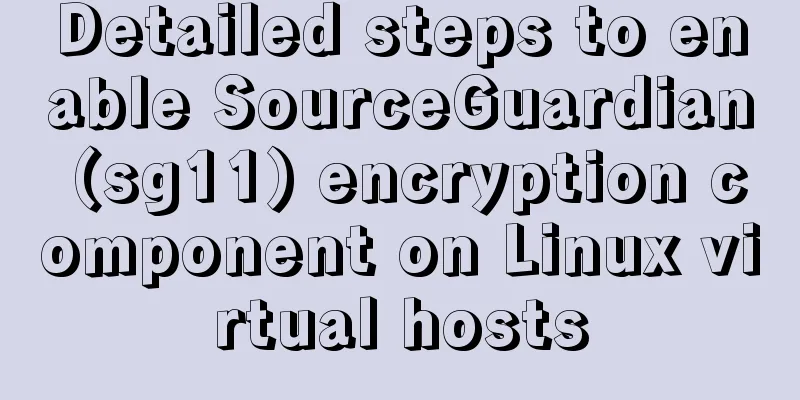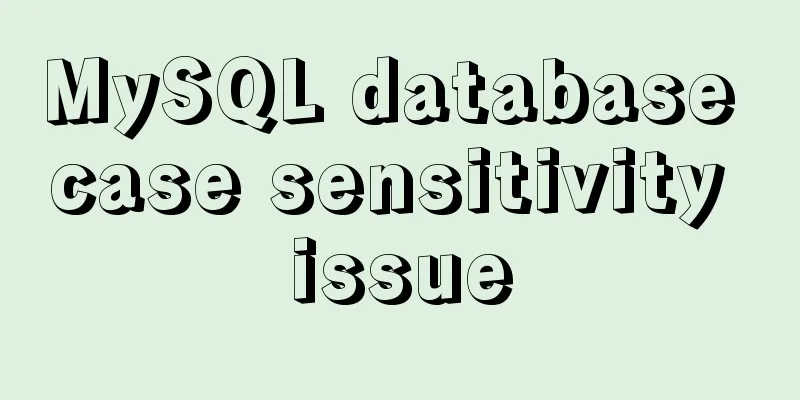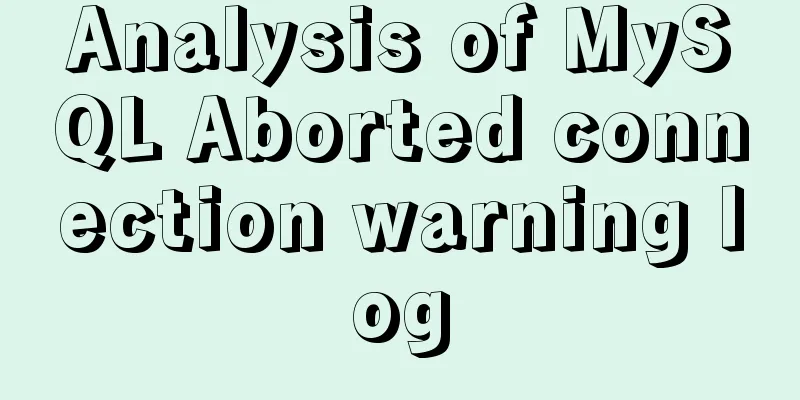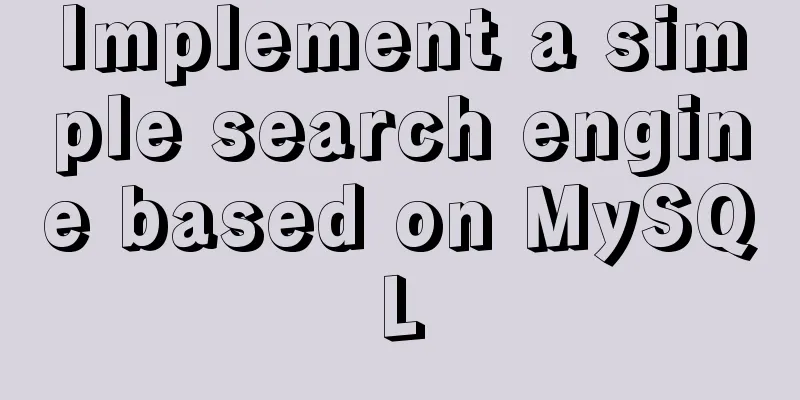Detailed steps to enable SourceGuardian (sg11) encryption component on Linux virtual hosts

|
Note: sg11 Our company only supports self-installation of Linux system virtual hosts. Support PHP5.3 and above. 1. Log in to the host control panel and find the [Remote File Download] function.
2. For remote download file, fill in http://download.myhostadmin.net/vps/sg11_for_linux.zip and for download save path, fill in /others/ If the above encrypted file does not work, you can download this php7.0 sg11 file to see https://www.lanzoui.com/b00o3ld6d or 123WORDPRESS.COM download
3. Click [PHP version] in the control panel and select PHP5.3 or above. The example selects PHP5.5 (Note: PHP5.2 cannot edit php.ini, so you need to select a higher version).
4. Click [File Management] on the control panel, open the others directory, put the mouse on the compressed package just downloaded remotely, and click the decompression button. The number in the unzipped file name corresponds to the PHP version, for example, ixed.5.4.lin is the sg11 file of PHP5.4 version.
5. Click to modify the php.ini file, copy the current path, and add the actual path of the extension=sg11 file to the last line at the bottom of the php.ini file, as shown in the figure below. If you want to change to another version, reselect the PHP version, then re-edit the php.ini file and add the specific version at the bottom.
6. Enter the wwwroot directory, create an x.php file, open and edit x.php, enter <?phpinfo()?> in it and save it. Then visit http://your own website domain name/x.php and search for SourceGuardian. If you can find it, it means the installation is successful. If you can't find it, please check the following steps or submit a work order.
Install SourceGuardian SG11 components in Linux + LNMP environment SourceGuardian, also known as SG11, provides encryption for PHP source code files, while SourceGuardian loader is a PHP extension that provides the ability to run these encrypted PHP files. 1. Visit https://www.sourceguardian.com/loaders/download.php in your browser and enter the URL of the php file where you need to install the phpinfo function on the SourceGuardian loader server, such as http://34.0.0.0/phpinfo.php
2. The online detection script will extract the PHP version information and extension path based on the information in phpinfo, and will prompt
3. After uploading the file, it is best to change the file permission to 751, which should be the same as the permissions of other files in this folder. After modifying the php.ini file, restart the php process
4. Access the information in your phpinfo again, and you will find that SourceGuardian is definitely there. |
<<: In-depth analysis of MySQL query interception
>>: HTML table markup tutorial (41): width and height attributes of the table header WIDTH, HEIGHT
Recommend
Install Python virtual environment in Ubuntu 18.04
For reference only for Python developers using Ub...
Analysis of different MySQL table sorting rules error
The following error is reported when MySQL joins ...
mysql indexof function usage instructions
As shown below: LOCATE(substr,str) Returns the fi...
NULL and Empty String in Mysql
I recently came into contact with MySQL. Yesterda...
Use of nginx custom variables and built-in predefined variables
Overview Nginx can use variables to simplify conf...
Detailed example of creating and deleting tables in MySQL
The table creation command requires: The name of...
Vue implements accordion effect
This article example shares the specific code of ...
Code block highlighting can be copied and displayed js plug-in highlight.js + clipboard.js integration
Mainly from two aspects: 1. Highlight/Line Break ...
W3C Tutorial (6): W3C CSS Activities
A style sheet describes how a document should be ...
Analysis of the implementation principle of Vue instructions
Table of contents 1. Basic Use 2. Working Princip...
Detailed example of deploying Nginx+Apache dynamic and static separation
Introduction to Nginx dynamic and static separati...
How to add vector icons to web font files in web page production
As we all know, there are two types of images in c...
Special effects of Bootstrap 3.0 study notes (display and hide, eliminate floating, close button, etc.)
The main contents of this article are as follows:...
Zabbix combined with bat script to achieve multiple application status monitoring method
Scenario simulation: Some domestic companies need...
Analysis of the reasons why MySQL's index system uses B+ tree
Table of contents 1. What is an index? 2. Why do ...

















